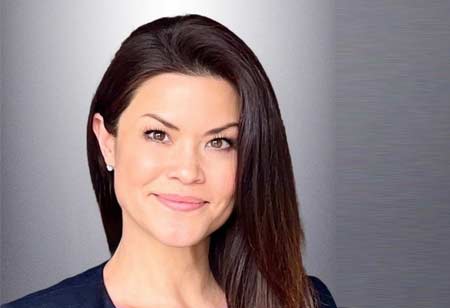Thank you for Subscribing to Healthcare Business Review Weekly Brief

The Importance of Recognizing Individuals' Unique Preferences
Healthcare Business Review
Sandy Swann is the Human Resources Director for Encompass Health Rehabilitation Hospital of Bluffton. She brings over a decade of full cycle HR management expertise to her role. Integrity and collaboration are the foundation of her work practices. Her successes are showcased in creating innovative solutions to empower and engage workforces in a variety of industries. Sandy lives in the Sea Islands of Beaufort County, South Carolina, where she enjoys time with her husband and 3 dogs.
Following is the conversation we had with Swann.
Could you provide an overview of your role and responsibilities within the company?
The HR Director is responsible for all areas of HR for the hospital. I am the liaison between the Home Office Human Resources Department and the Hospital Management.
What that looks like…
I am a member of the Senior Leadership Team (Administration) that oversees the hospital’s budget and operations. I help find solutions to operational issues, as well as employee issues; I find creative processes to promote employee engagement in order to create a happier employee team; I’m a sounding board for peers and employees; I’m an investigator of grievances; I create best practices for better retention; and I support and assist in peer and employee growth.
What are some of the key challenges you face?
Recruitment. As with most businesses out there, Covid changed the staffing dynamic. In healthcare specifically, we had staff that burnt out. We weren’t dealing with employees that wanted flexibility and demanded to work from home; we were dealing with employees that were questioning the reasoning they went into their line of work at all. The result was medical staff that took a break or decided to try something new. This in turn created a short-staffing crisis, which made the pressures worse. As for non-clinical staff, entry level employees were seeing offers $5-10 more per hour than previously. Many jumped at other offers with the focus ofmore money.
So, in order to combat this arduous challenge, we needed to focus on something we had the ability to do something about…
Engagement& Retention.The challenge here is defining effective processes. We need to ensure our workforce is engaged, so they want to stay. Staff wants to feel valued, heard and appreciated. So, leadership needs to place importance on immediate recognition and praise, allowing a medium for feedback regularly, and communicating clearly. As leaders, we need to remind employees of their purpose and the importance of what they do each day.
We are just now starting to maintain a FT staff with little turnover.
What would you say are some of the futuristic trends that will have an impact in the next 18-24 months?
In the medical field, employees need to be present to do their job. But there will still be the need for more creative scheduling to enhance work-life balance.
Mental well-being is becoming a more comfortable topic for people to discuss. It has no biases, so it affects everyone. We need to recognize when inside or outside stressors are affecting our employees and provide some options to assist them during their time of need.
Recognizing individuals’ unique preferences (e.g., preferred way of communication, preferred way to complete tasks, preferred way to receive recognition, etc.) to get the best output from them, while leading the group of individuals towards a common goal.
What advice would you give to young professionals who are interested in pursuing a similar career, and what qualities do you think are essential for success in this field?
Knowing and complying with ever changing laws and company policies is important. But anyone can search Google or review their handbook to get updates. What I feel is essential for a successful HR leader:
Acknowledge biases you have, and then ensure those biases do not get in the way of your decision making.
Honesty.I build trust with new employees by allowing them to share their true feelings in confidence. If I think I need to share the information with someone else, I disclose immediately to the employee. If I feel like it may just help the situation, I will ask the employee if they wouldn’t mind me sharing. Then, I honor it.
We need to ensure our workforce is engaged, so they want to stay.
Understand people. Understand peoples’ needs, communication styles, preferred ways to interact – be available to listen and communicate using these methods.
Critical Thinking. You need to have foresight to see when a situation could become something more or change. That takes experience - time and exposure to work situations. Recognize the balance of protecting the company and protecting the employee.
Compassion.Bend some of the rules, but don’t break them (and recognize the difference). People are individuals. You can address employees’ specific needs apart from the whole group, as long as it’s done for everyone in a similar situation.









